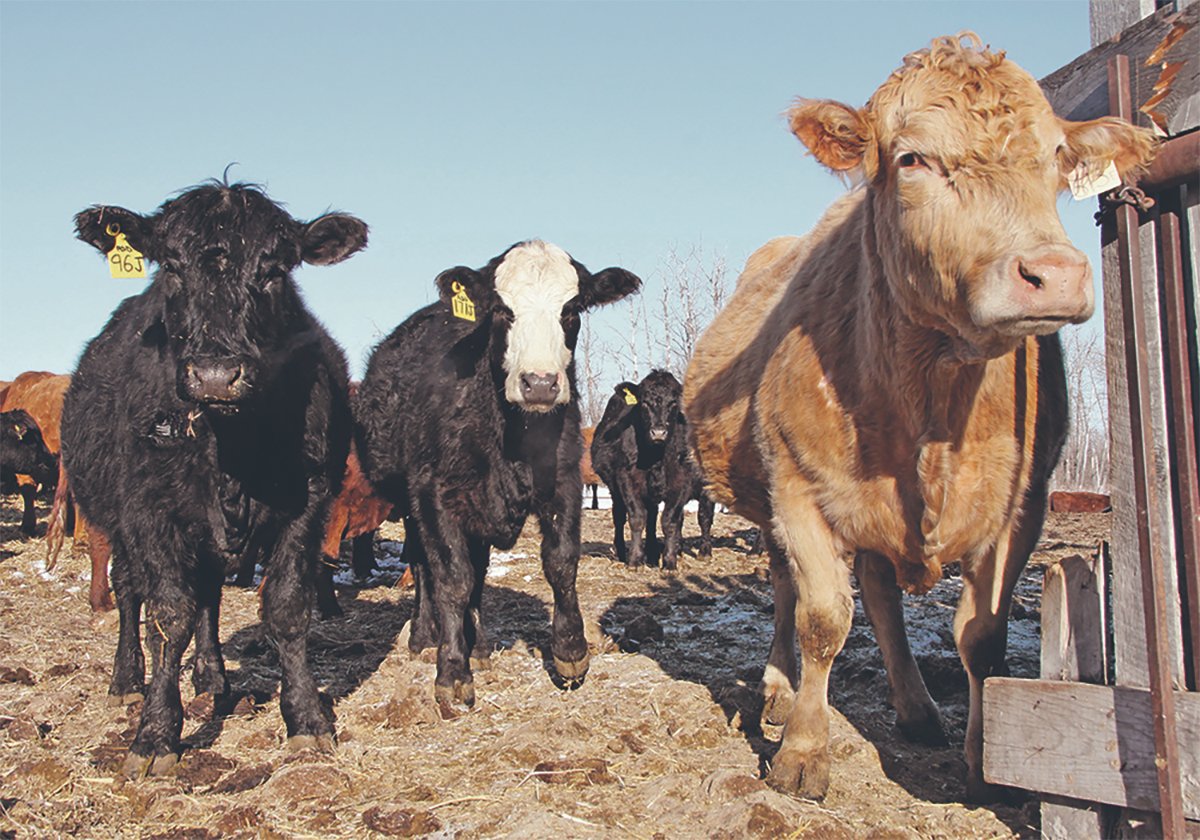Even though pork and beef compete for consumer dollars, they face similar challenges in today’s market place.
Meat production is up and markets are straining to get consumers to buy more. This is especially true for beef.
Between Jan. 1 and March 29, Agriculture Canada reported 199,467 slaughter cattle were shipped to the United States. This is down from the same period last year but industry analysts said more beef is moving south as packer expansion continues in southern Alberta at Lakeside Packers and Cargill Foods.
On the hog side, 388,292 were sold south, up from 309,555 during the same time last year.
Read Also

Livestock inspection costs increase in Saskatchewan
The Sept. 1 50-cent increase to livestock inspection fees may seem like another hit when everything is going up, but the chief executive officer of Livestock Services of Saskatchewan said producers should consider the value they receive in return.
Kevin Grier, author of the Canadian Cattle Buyer in Ontario, said selling more meat adds higher value than shipping live feeders and fat cattle. But beef cut-out values, the value of the beef that packers sell, has been lethargic.
“It’s a real battle out there,” said Grier. “There’s plenty of beef around and the markets right now are experiencing difficulties absorbing it.”
Beef has been plentiful for the last two years. Canfax reported total beef production in Canada for 1996 was 1.39 billion kilograms and 54 percent of it was exported. The United States bought 97 percent of what Canada offered and the rest was distributed to about 50 nations.
To move more beef, consumers have seen a lot of steaks and roasts featured aggressively in grocery advertisements.
“Forty-eight percent of all fresh meat features in this first quarter have been beef and that’s an awful lot of featuring,” said Grier. “The bottom line is that you can only go to the well so often, even when the price is low and it’s featured a lot.”
Glenn Brand, the Beef Information Centre national retailer merchandising manager, noted unprecedented levels of beef features in Western Canada, particularly on high-ticket items like roasts.
The average price of beef for the last quarter of 1995 and 1996 was $6.04 per kg. That is primarily because during Thanksgiving and Christmas retailers feature turkey and ham. But during the first three quarters of the year, the overall average price was $5.84 to $5.94 per kg.
Chicken a strong competitor
As the price of beef dropped by about five percent last year, pork prices rose 10 percent and chicken increased by 11 percent.
Chicken rose partly because of high feed grain prices last year, which is worked into the negotiated price of poultry. Even with higher prices, demand for chicken continues strong at the retail level.
On the pork side, prices could be influenced by an outbreak of foot-and-mouth disease in some large Taiwan hog operations. There is a six-month ban on pork exports from Taiwan. Since Japan gets almost half its pork supply from Taiwan, this could open the door for other pork producing nations like Canada, the U.S. and Denmark.
“That business is worth at least $3 to $4 more per hundredweight on a live hog basis so there’s a lot of optimism in the hog sector already at the producer level,” said Grier.
Some analysts speculate it could be two years or more before Taiwan gets back on its feet as a major pork exporter.
“The supply of pork even domestically in Taiwan plummeted,” said Ted Haney of the Canada Beef Export Federation.
“Somewhere between two and three percent of North America’s pork production is required to make up for the shortfall in Japan. That’s enough to make a market shift and make pork prices and hog prices increase,” said Haney.
“We do expect to see beef consumption in Japan increase because of its relatively more attractive price compared to pork and that should move our trade figures a little more positively.”

















